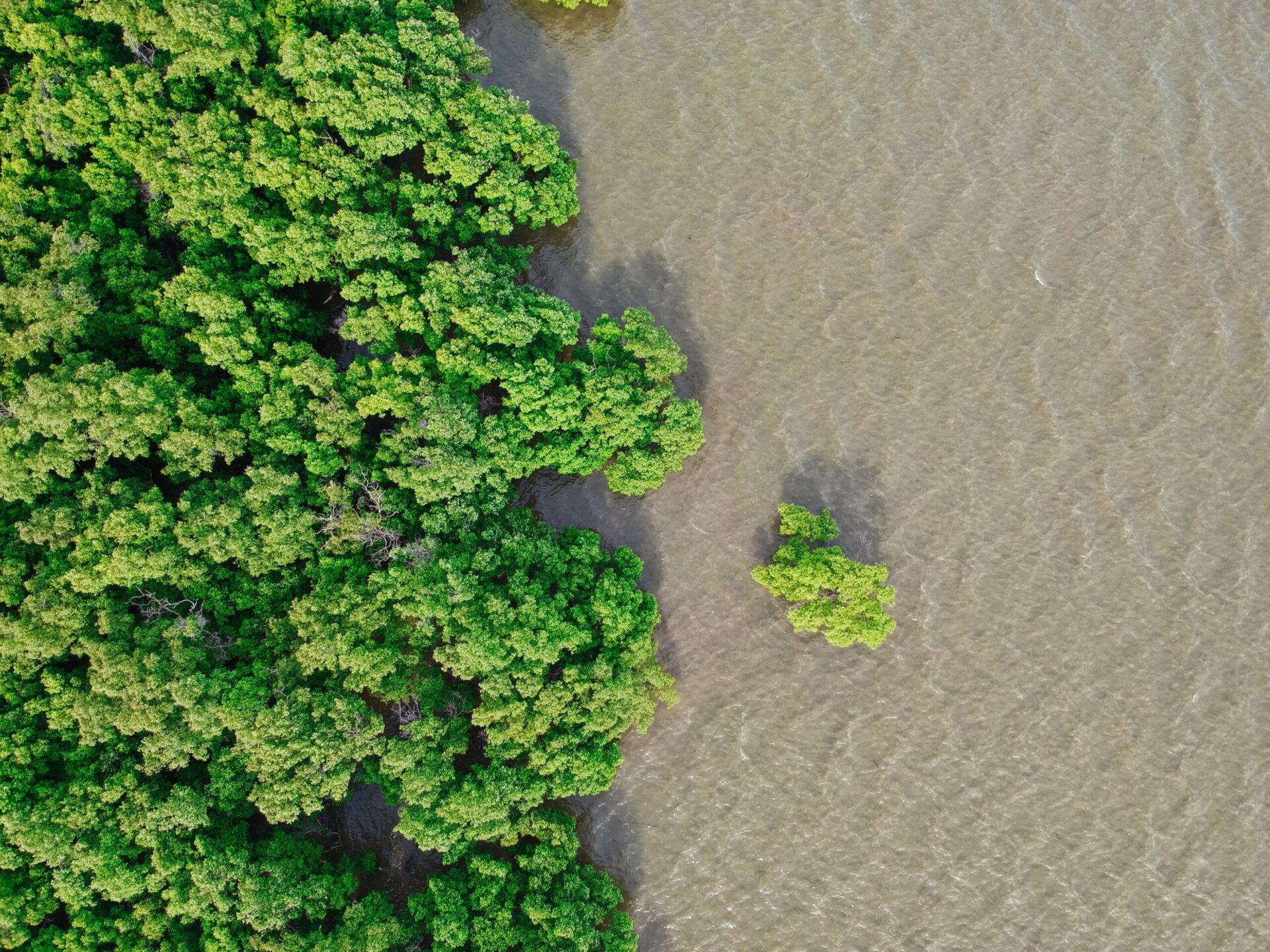Video: Learn About The Importance of Multi-Stakeholder Collaboration for Adaptation Solutions

Introduction
Global challenges such as climate change require solid partnerships and strong cooperation. As more and more people face the impacts of climate change, multi-stakeholder engagements are playing a key role in determining nature-based solutions. Collaboration among institutions, civil society, the scientific community, and businesses is crucial for finding innovative solutions for climate change mitigation and adaptation.
This article provides a brief overview of the attached video, including successful examples of multi-stakeholder engagements for adaptation. Watch the video for an easy-to-understand overview of the subject.
Examples of Successful Multi-stakeholder Collaboration for Adaptation
Two successful examples of multi-stakeholder collaboration for adaptation can be found in a mangrove park in the Philippines and with Microbiz Protek Jr., a micro-insurance product.
On an island in the Phillippines, an integrated mangrove eco-park was created from abandoned, undeveloped, and under-utilized fish ponds. These rehabilitated fishponds became mangrove forests which protect vulnerable coastlines as well as provide protection from sea level rise, storms, and erosion. They can also slow down global warming. This eco-park project was supported by a collaboration between local government units, the department of environment and natural resources, the Zoological Society of London, and GIZ. Mangrove rehabilitation training courses and capacity building were provided for the local community members who helped build the eco-park. The eco-park not only provides awareness on the importance of mangroves, but it also provides valuable additional income for local communities
A second example shows how the private sector can be successfully engaged in issues of adaptation. GIZ has successfully built partnerships with the private sector in recognizing their capability to help businesses recover from economic shocks due to climate change. Through these partnerships, they have created a microinsurance product called Microbiz Protek Jr. Microbiz is micro disaster risk insurance. It allows small and medium enterprises to receive cash assistance for property damage and loss of products caused by climate disasters. They can also receive assistance for socio-economic challenges brought about by COVID. Microbiz is licensed by the insurance commission, insured by AXA Philippines, and distributed by Cebuana Lhuillier Insurance Brokers. This shows an example of a successful partnership model and has increased awareness on the value of having insurance.
Conclusions
Multi-stakeholder collaboration can help build a shared sense of responsibility from both the public and private sectors. GIZ has been advocating for cooperative climate action (CCA) and creating close partnerships across different levels of government. CCA brings together agencies to define goals and implement policies for adaptation. More and more international projects, declarations, and committees recognize that true collaboration between governments and other sectors will bring more effective strategies to help minimize carbon emissions. With more people informed and involved, we can create processes and build solutions that leave no one behind
(0) Comments
There is no content